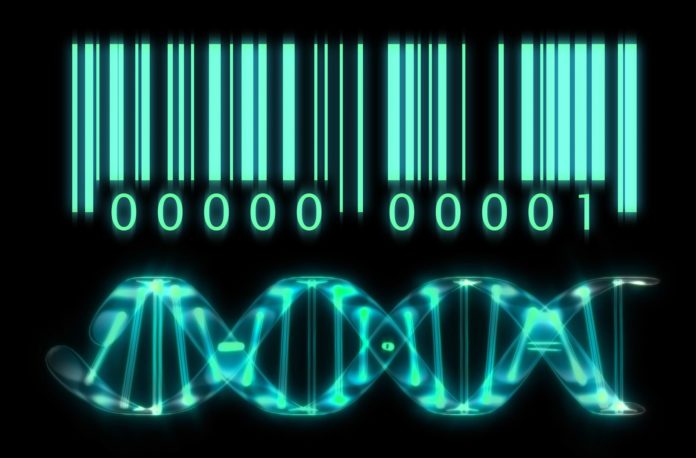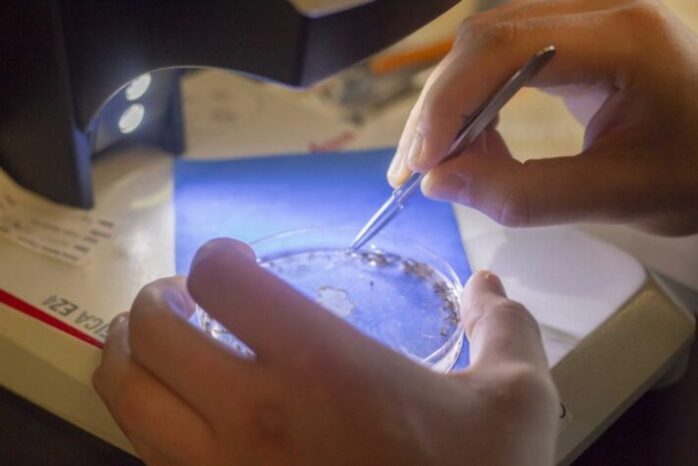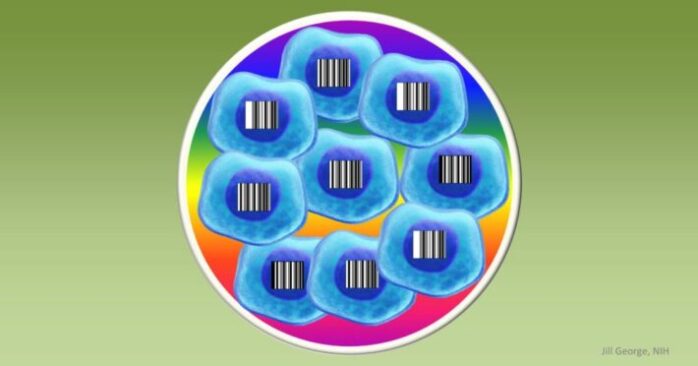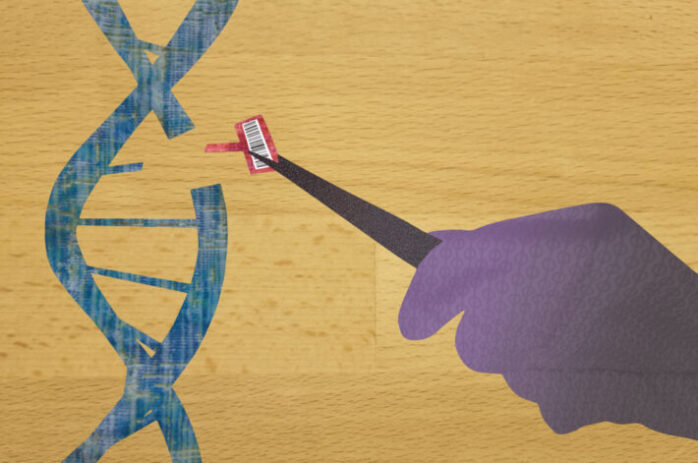
Barcodes are in the process of spreading throughout every area of life. They started in the manufacturing industry and then spread to the retail industry. After this, barcodes spread to every other industry in society today, even the Medical Industry. Another area that they are used in is Nature Conservation.
In the past, biologists used to shape, color and size of the animal or insect’s body in order to differentiate between different specimens. This wasn’t a very comprehensive categorization system and had a few downfalls. If the specimen was damaged in any way, a very experienced Taxonomist would have to be called in to identify it. For this and many other reasons, Paul Herbert from Ontario, Canada, came up with DNA Barcoding. This is a system that makes use of extremely short genetic sequences in the same way that a bar code scanner scans products using the black and white stripes of UPC & EAN Barcodes in the retail setting. According to Barcodesolutions, DNA barcoding eliminates the issue of damaged specimens due to the fact that you do not need a specialist to get barcodes from tissue samples. This Barcoding system assists biologists to round out their knowledge. It is also a source of innovation and allows amateurs to identify organisms quickly and accurately.
There are four parts to this barcoding process:
1. The Specimens (for example, biological organisms from aquaria, zoos, and collections of frozen tissue).
2. The Analysis in the Laboratory
In the laboratory, there is a process that is followed in order to get the DNA barcodes from each specimen. This can take a few hours. The data that is derived from this process is stored in a database.
3. The Database
It is very important to create a public library reference system for the identification of different species.
4. Data Analysis
The way the specimens are analyzed is by identifying the closest match in the database of DNA Barcodes.

The use of DNA Barcodes has become a very important tool to identify different species. It has enhanced our understanding of ecology and biodiversity. DNA Barcodes show how species have evolved over time.
There is another way that DNA Barcodes are used within Nature Conservation. During the last decade, there has been a huge increase in health care based on herbs. Therefore it has become critical to ensure quick and accurate identification of herbal plants. This will help the trade of raw drugs and herbs to thrive. Using an experienced taxonomist in order to identify each plant is time-consuming and expensive. DNA Barcodes save time and money by allowing for large scale, accurate and quick identification of plant species by amateurs.
In order to ensure accurate and successful herbal identification as well as top quality control of drugs, it is necessary for DNA barcoding to work alongside other parts of Systems Biology.
One of the most important uses of DNA Barcoding is in the control and elimination of poaching. In the last few decades, there has been a massive and catastrophic increase in poaching throughout Africa. There are thousands of species that are at risk of extinction. Most notoriously, Rhinos are on the brink of extinction. However, they are not the only species being threatened.

The issue that is being faced by a lot of nature conservationists is the difficulty of identifying the species of carcasses. If the carcass has been there for a while, it begins to decay and identification is complicated. DNA Barcoding has advanced to such a high level that it is now possible to identify the species through gene amplification and sequencing. The way they do this is by taking very small parts of an individual gene – and “barcoding” the animal. In this way, it is possible to identify animal species in any situation.
In cases of poaching, the wildlife officers may find unidentified meat in the suspect’s freezer or dried biltong that could be from the poached animal. However, they need proof in order to prosecute the suspect. This is where DNA Barcoding comes in. They can identify the animal species by taking a very small sample of the meat or biltong and comparing it to DNA Barcodes from various animal species to determine from which animal it came. There is an international database of DNA samples that can be used to identify the particular animal species.

This has emphasized the critical importance of developing and promoting a comprehensive database of wildlife DNA Barcode samples in order to ensure that we have the proof we need to bring poachers to justice and thus save thousands of species from extinction. In addition, it will save millions of Rands by using these bar codes in Africa. A study was done in Zambia which claimed that it cost around 200 US dollars per square kilometer to control poaching. That is a lot of money that can be used to preserve nature.
Barcode Solutions is very excited about this advancement of barcoding technology. We provide the best quality barcodes at the most reasonable prices you will find. Our barcodes are fully registered with GS1 and to prove this, you will receive a certificate of authentification with your barcode package. Our codes are used in stores all over the country as well as overseas as they are international bar codes. We pride ourselves in providing excellent customer service and therefore you won’t be disappointed if you choose us as your barcode supplier!





